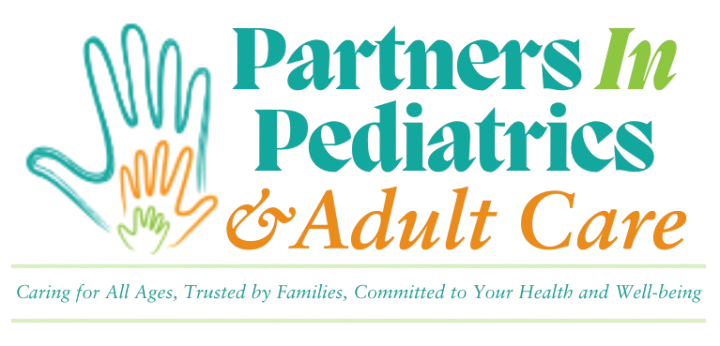
What Is Childhood Obesity?
Children aged 2 to 19 years are diagnosed as obese when their body mass index (BMI) is at or above the 95th percentile for their age and gender. BMI is a measure that considers both height and weight and serves as a useful indicator of body fat, although it is not perfect. Because children’s body fat and growth rates vary over time, healthy BMI ranges differ depending on age and gender. Obese children have excessive body fat for their height, placing them at a higher risk for health problems.
Request an AppointmentCauses of Childhood Obesity
While genetic factors or hormonal imbalances may contribute to some cases, most childhood obesity results from:
- Eating more calories than the body needs
- Consuming unhealthy foods, often due to busy family schedules leading to more fast food or quick meals
- Psychological eating habits
- Sedentary lifestyle, such as excessive time spent watching TV, playing video games, or using electronic devices instead of engaging in physical activity
Children require extra nutrients for growth, but disproportionate weight gain occurs when calorie intake exceeds energy expenditure.
Risks of Childhood Obesity
The rising rates of childhood obesity have led to increased risks of serious medical conditions, many of which continue into adulthood, including:
- Diabetes
- High blood pressure
- Bone and joint problems
- Asthma or breathing difficulties
- Sleep disorders
- Depression
- Liver disease
- Early puberty and menstruation
- High cholesterol
Besides physical health concerns, obese children often face psychological challenges such as low self-esteem, depression, and behavioral issues. These can increase the risk of eating disorders and substance abuse later in life.
Treatment for Childhood Obesity
Effective treatment focuses on healthy lifestyle changes, tailored to the child’s age and health status. Since children model their parents, family involvement is crucial. Recommended strategies include:
- Establishing regular healthy eating patterns
- Increasing daily physical activity (at least 60 minutes per day)
- Reducing fast food consumption
- Limiting screen time (TV, video games, electronic devices)
- Avoiding the use of food as a reward
Involving the entire family in adopting healthier habits supports the child’s success and benefits everyone’s well-being.
A healthcare provider will evaluate the child’s condition and recommend an individualized treatment plan.
